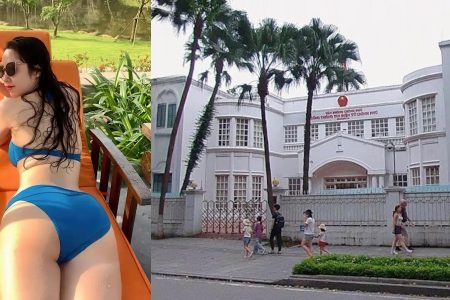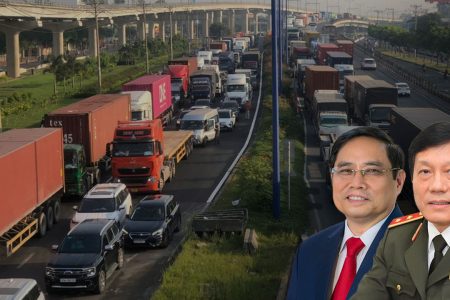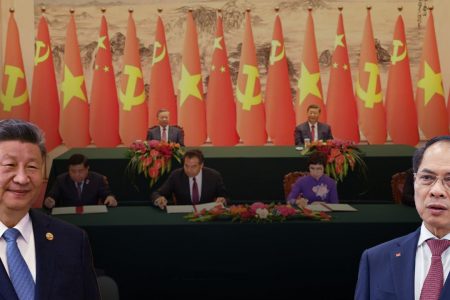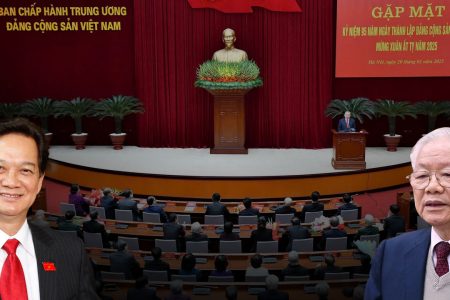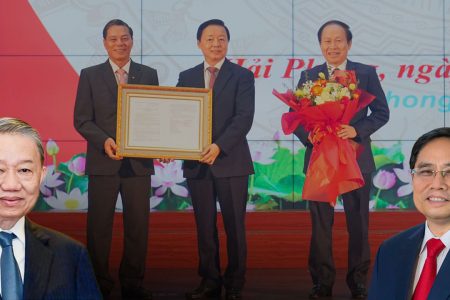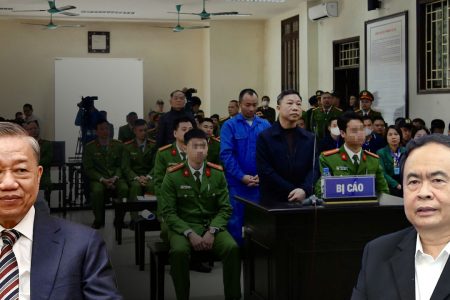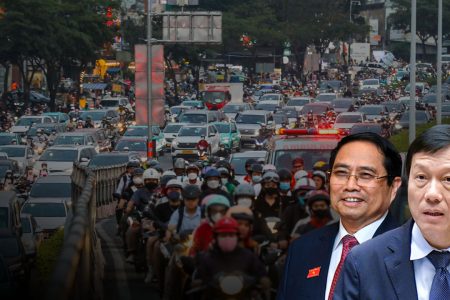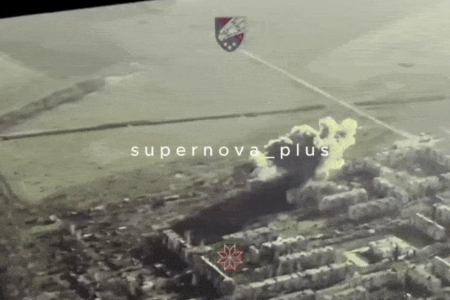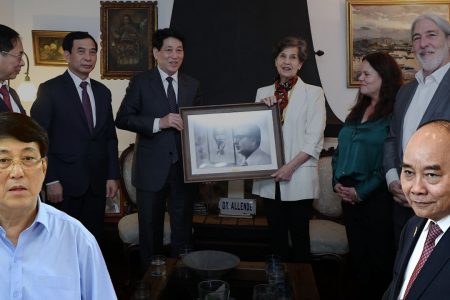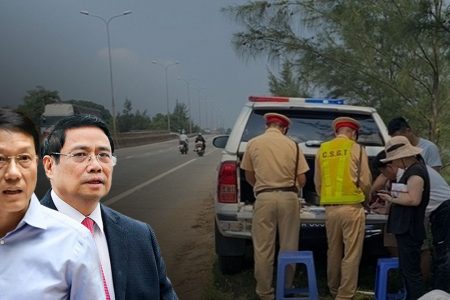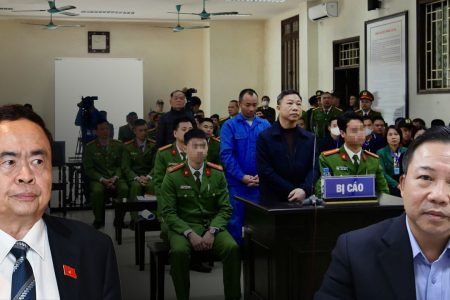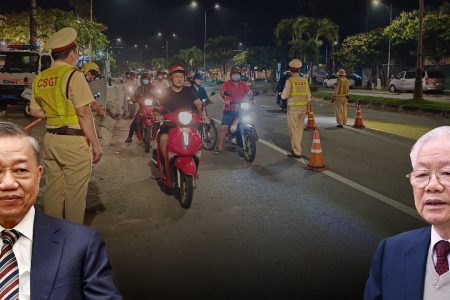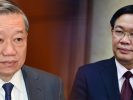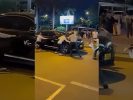“The public opinion is very grotesque about Mr. Nguyen Hoa Binh, who decided not to appeal to the cassation as the Chief of the Supreme People’s Procuracy, now chairing the Supreme People’s Court’s cassation of death row inmate Ho Duy Hai.
Therefore, it is possible (and has proven the results) to bring judicial prejudice into the impartial process of administration, adjudication, and decisions, and clearly violating the provisions of Article 21 of the Criminal Procedure Code,” legislator Luu Binh Nhuong has said in his letters sent to the State President and the Chairwoman of the National Assembly (NA).
The report of the Supreme People’s Procuracy to the State President and the NA’s Chairwoman also emphasized that: “The above-mentioned violations will create a very dangerous precedent in the proceedings of litigation in the settlement of later cases, which is a serious violation of the proceedings but still conclude guilty with arguments that the violation has not changed the nature of the case.”
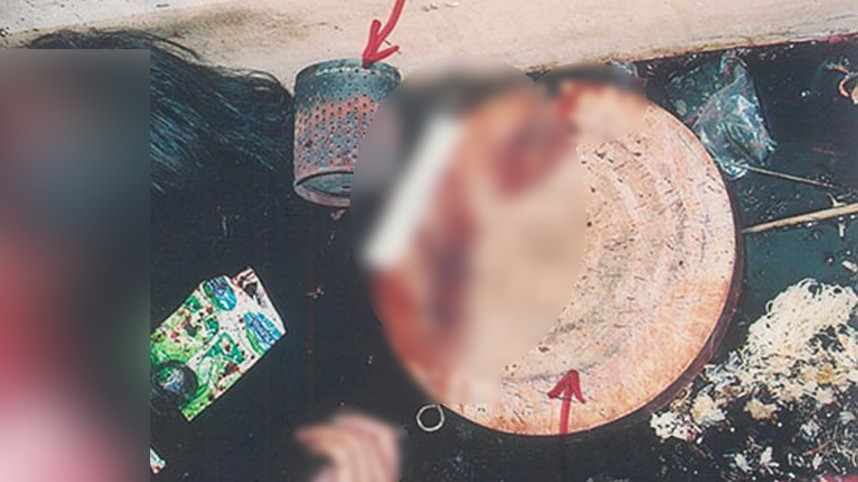
Mr. Phuc Tue, a party member in Hanoi sent to thoibao.de to give his opinion as follows:
“It can be said that with his strong speech before the voters in Ho Chi Minh City, Mr. Le Minh Tri, head of the Supreme People’s Procuracy is occupying the upper hand in front of Chief Justice Nguyen Hoa Binh.
Vietnamese judicial history since 1945, never before has the Court and the Institute publicly confronted each other, used the press and social networks to ‘torment’ each other and could seem like two bodies. This does not have ‘Party leadership.’
So why is this so unusual?
Careful review shows that the Supreme People’s Procuracy appeals completely are in line with the law (According to Article 404 of the Criminal Procedure Code).
And the crisis came from Mr. Hoa’s mistakes.
So what did Mr. Binh wrong?
Firstly, Mr. Binh did not proactively report to the Central Committee on Internal Affairs, did not report to the leaders of the Party and the Government to find another solution, namely: the Court, the Procuracy, and the Police sat together under the chairing of the Internal Affairs Department to resolve the case.
Mr. Binh has shown bitterness, wants to play a big game with Mr. Tri, and he was too confident about the qualifications of his judges.
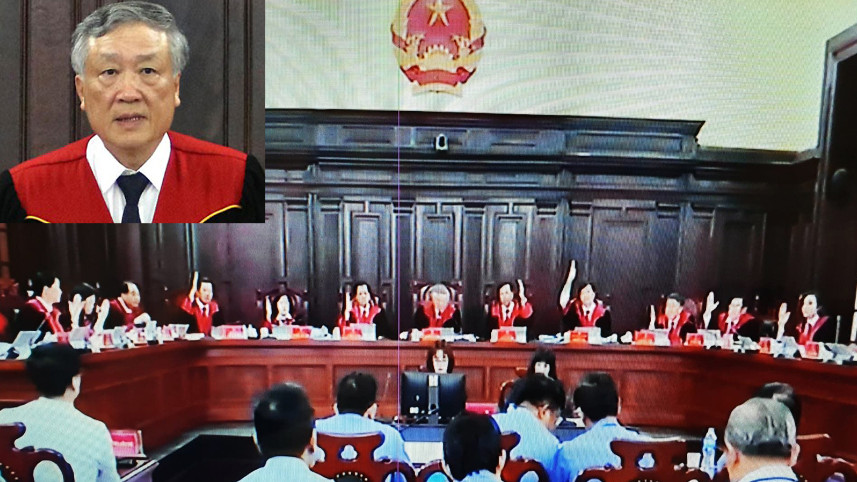
But he absolutely did not notice that: 16 out of 17 judges participating in the Trial Chamber of Cassation are people who have never had a criminal trial.
Therefore, they do not know how to analyze evidence, but only based on what is already in the record.
Second: Choosing a time to hear the case before the 12th Plenum of the Central Committee and before the NA’s session is unwise because a small mistake will become a “political” issue and easily inferred.
Third: Mr. Binh concealed the information from the beginning, allowing only reporters from the Cong Ly newspaper (Justice) while reporters from newspapers controlled by the Supreme People’s Procuracy, the Police, the Ministry of Justice, the Lawyers Association and other agenceis were banned. By concealing information, and only providing information in a way that is beneficial to him, has turned the trial into anti-democracy.
Fourth: When the public reacted, some judges made very inadequate statements, at the same time, used some “familiar” newspapers to defend, but did not disregard the public opinion. It was even foolish to criticize legislators.
And fifth: Choosing to confront the Procuracy is a “fatal” mistake of Mr. Binh, because, Mr. Binh is not calm enough to analyze the legality of the Procuracy’s appeal.
Now, Mr. Binh sat in the straw and set himself on fire. His political career is likely to end here. No one can vote for someone who is looked down upon by almost society,” communist member Phuc Tue came to a conclusion.
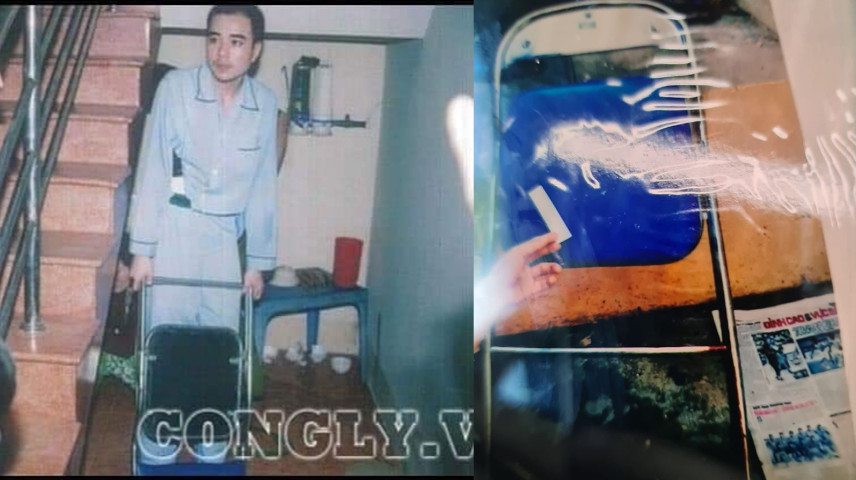
Journalist Vu Huu Su commented that: “Comprehensively reviewing the process of cassation hearing, I found that the knowledge of Associate Professor Doctor Chief Justice of the Supreme People’s Court Nguyen Hoa Binh was equivalent to that of a first-year student of the secondary legal school, type of school existed only in our country nearly 30 years ago.”
Pham Quoc Binh commented bitterly: “This case is all based on the zero. There is no evidence. There is no physical evidence. In short, there was nothing! Yet they 17 judges, simultaneously raised knives to kill the boy.”
“Voters and people across the country, including experts, former Supreme Court Judges, law experts, teachers … all said that with no solid evidence and mastery arguments, the Supreme Court of the Supreme Court confirmed the two judgments which were strongly opposed by the public opinion for more than a decade to uphold the death sentence.
Especially, the public opinion said that the decision of the Supreme Court of Judges violated the principle of innocent assumption and was based on the thinking, conception, and taboo issues in the criminal field.
Although recognizing many key errors in the investigation process, but the Supreme People’s Court said that these errors “do not affect the nature of the case.” Legislator Luu Binh Nhuong sympathizes with the thoughts of lots of other people.

Professor – Doctor of Science Thai Vinh Thang, former dean of the Department of Administrative – State Law, Hanoi Law University, who studied and graduated as a Judge of the School of National Judges of the Republic of France in Bordeaux, made a comment in an article titled: “If we do not revoke the decision of the cassation hearing on Ho Duy Hai, the reputation of the Vietnamese judiciary will collapse.”
The Supreme People’s Procuracy proposed 6 things to do when re-investigating, in order to avoid injustice, wrongdoing, and neglecting criminals.
Participating in the cassation hearing of the case of Ho Duy Hai, the representative of the Supreme People’s Procuracy said that the basis for the Head of the Supreme People’s Procuracy to appeal the judgment is because of two conflicting issues of the two previous hearings have not been clarified: The arrival time of Ho Duy Hai at Cau Voi post office as the autopsy has not clarified the time of death of the victim; The material evidences, knives, cutting boards and chairs used for the two hearings are not collected from the crime scene but bought from a local market and their replacement is not in accordance with the provisions of law. In particular, due to the fact that the procedural documents produce three knives inconsistently in size, it is not possible to confirm which knife is a crime tool. Comment on Hai’s charcoal sample of burning clothes and belt is vague. In addition, the proceedings have not clarified whether the Cau Voi post office on the murder day had lost water or not; as well as not clarified the sale of property that Hai was said to take from the victim, only based on Hai’s testimony.
According to the representative of the Supreme People’s Procuracy, there are many details that must be proved in accordance with the law but not made clear: The fingerprinting at the scene must be traced but not yet clarified, not explained why there were many fingerprints of many people at the scene but there were no fingerprints of Ho Duy Hai. The investigating agency has not clarified the mechanism of the wound formation on the face and head of the victim, the two wounds on the victim’s neck are the same in both the depth and length of the cut. At the same time, according to eyewitness testimony, the kitchen area had two knives but were not seized, not pictured.
The representative of the Supreme People’s Procuracy also emphasized that during the cassation session, the Chairman and Investigators all acknowledged many procedural violations, such as: Violating the scene examination without seizing material evidence; did not trace fingerprints; did not soliciteg the time of death of the victim; Did not put the minutes and testimonies of pleading not guilty of the defendants into the records; witness testimonies Dinh Vu Thuong, Nguyen Van Nghi, Phung Phung Hieu and Nguyen Mi Sol. Some identification records were not witnessed. A number of statements of testimonies and interrogations of defendants without signing for certification; Wrong number recorded for seat code.
The Procuracy representative suggested there are 6 things to do when re-investigating. It is an experiment to re-investigate the scene; identify whose fingerprints are and suspects; determining the time of the crime and the victim’s death; clarify mechanisms of injury; more clearly identify motivation and purpose of the crime; supplementing to the case files documents and evidence in the professional records of investigating bodies.
The Supreme People’s Procuracy affirmed that there were sufficient grounds for appealing the judgments of the first-instance hearing and the appeal hearing in order to clarify conflicts and shortcomings of the proceedings. The above issues need to be overcome to ensure objective resolution of the case, not to injustice innocent people nor neglect criminals.
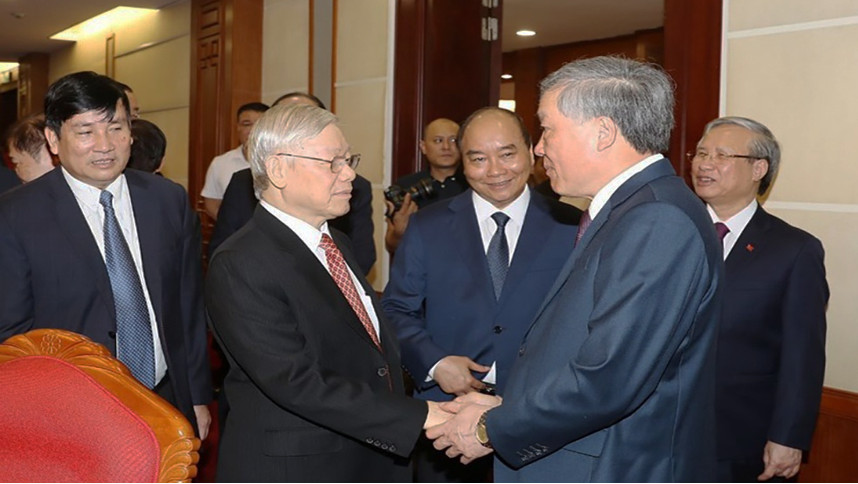
Thoibao.de (Translated)



